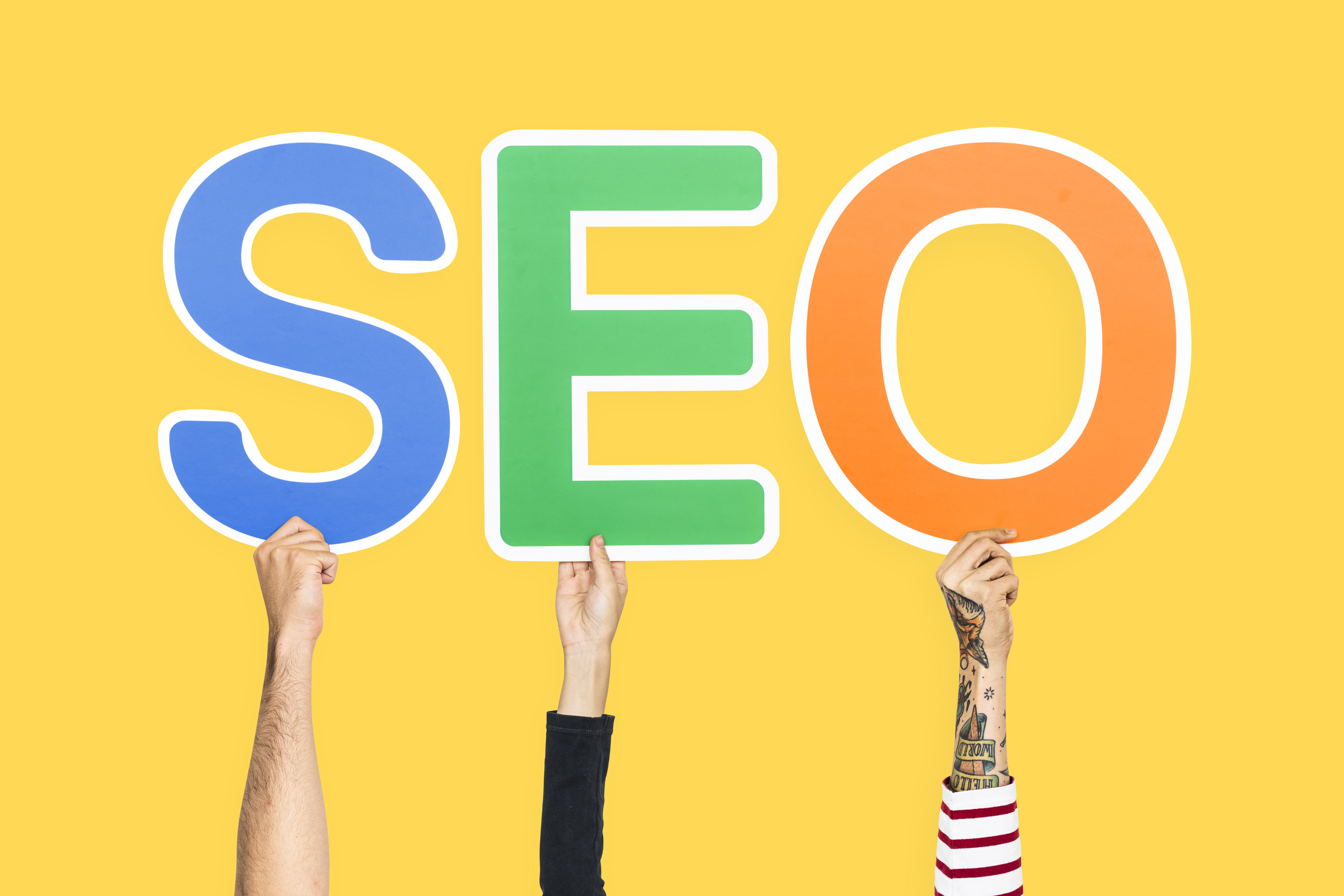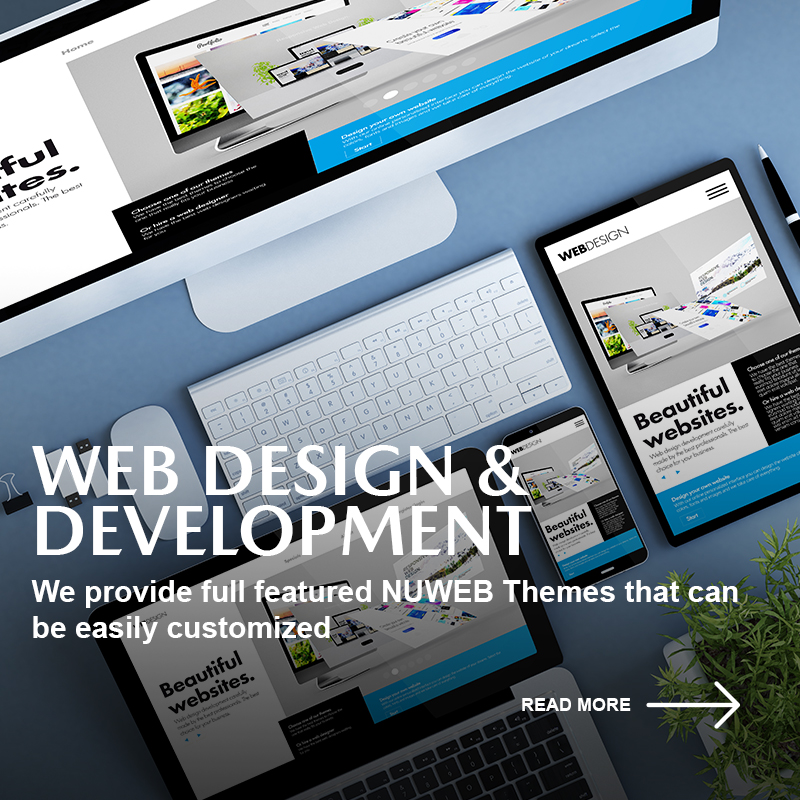In an ideal world, site owners would think about SEO from the beginning, long before the site’s Web design and development was even a glimmer in their eye or a symbol in their code. We all know this isn’t the case, but every now and again, we’re fortunate enough to integrate SEO into the site from the bottom up, and it’s a lovely thing.
When most people think of “web design,” they see the look and feel of the site, the colors, the graphics, and so on. From an SEO standpoint, the site’s design incorporates all of this and much more. The website’s architecture ensures that it is as search engine friendly as possible, and it affects everything from the coding to the content to the navigation and more.
Phase 1: Determine Which Type of SEO Strategy Is Appropriate
The framework for the site is constructed in the first phase. The wireframe for SEO is identified throughout the research phase. If feasible, construct PPC campaigns concurrently, as SEO and PPC are frequently linked through the site’s content and keywords.
The first step in SEO Web design is determining the sort of site (B2B, e-commerce, news publishing, microsite, etc.). SEO strategies fluctuate based on the type of site since consumers search differently depending on whether they are purchasing a product or studying a topic, and so on. (Of fact, both of these behaviors might fit into a single category, such as e-commerce, but determining the type of site first lays the groundwork for keyword research.)
On the PPC side, you’ll need to select if the campaign will lead users to pages inside the site using the keywords for those pages, or if the promotion will have its own independent page.
The sort of CMS to be utilized in this phase is also critical to the SEO strategy. The content management system must be adaptable enough to support long-term SEO activities. This includes features such as complete URL control, clean code, simplicity of use for any role that will interact with the site, the ability to make changes on the fly and apply them to numerous pages as needed, and more.
Phase 2: Design the Site Architecture for SEO
Following that is keyword research and the creation of silos, or content categories, for the site. The silo planning informs the keyword research, and the keyword research refines the silos even further.
Ideally, the site owner should initially provide feedback on what kind of services, themes, and goals are vital. Then, to support those goals, keyword research is conducted to determine what the target audience is looking for. Once the keyword sets are determined, the themes for the silos can be specified, and the site navigation can be laid out.
The layout of the site and the design concept follow next. SEO objectives should be considered throughout the Web design phase. Determine which design programme will be utilized – is it search engine friendly? This is where you’ll investigate alternatives to Flash, such as HTML5, and look at how websites are built through code to be readily scanned by search engine spiders.
During this phase, the silos’ content will be created using the subjects identified in the previous phase – those topics driven by keyword research, business objectives, and, of course, giving useful information to the target audience. During this step, you will optimize the content with keyword sets that are relevant to the sites within the silos.
Phase 3: Create the Site for SEO
The SEO Web creation step is rather simple. At this point, the site’s planning and vision should have been authorized and signed off on, and the developers should know how they will build the site for SEO so there are no surprises. In brief, this is the phase in which Web pages will be constructed so that bots can quickly and simply crawl and index them, allowing them to expose your sites to the target audience when visitors do queries relating to your keyword set.
During this stage, content will be uploaded and pages will be built in a search engine-friendly manner, assuring on-page optimization through the use of Meta tags, custom URLs, and other techniques. There will most certainly be design modifications and revisions to see it through to the ultimate result, as well as W3C validation and other testing to iron out any issues and guarantee it’s ready to be published to search engines.
Phase 4: Ongoing SEO
The task of SEO is never truly ended. The SEO strategy continues once the site’s foundation is sound in terms of SEO and the site is up and operating. Consider it a cycle in which the strategy is implemented, the outcomes are measured, and then another iteration of the plan is implemented, constantly ensuring that the site improves on itself.
Currently, the site and its SEO approach are being supplemented by various Web marketing activities such as
- Setting up statistics and measuring progress toward targets
- Managing the pay-per-click (PPC) campaigns that support the site’s Web pages and content, as well as specific promotions.
- Social media integration and management to create a community around the business as well as advertise and distribute content
- Conversion rate optimization is used to assist Web pages perform even better on the site, converting visitors from SEO and other sources into clients and/or income.
- Web maintenance includes changing content, layout, and design, as well as anything else is required to keep the plan on track.
Keep in mind that many of the same ideas that were used to build the site from the bottom up may also be used to rebuild a site to make it search engine friendly. The approach will differ significantly depending on the specific site’s performance and other criteria uncovered during a site assessment.
For more information about web design malaysia, please visit https://www.nuweb.com.my/







